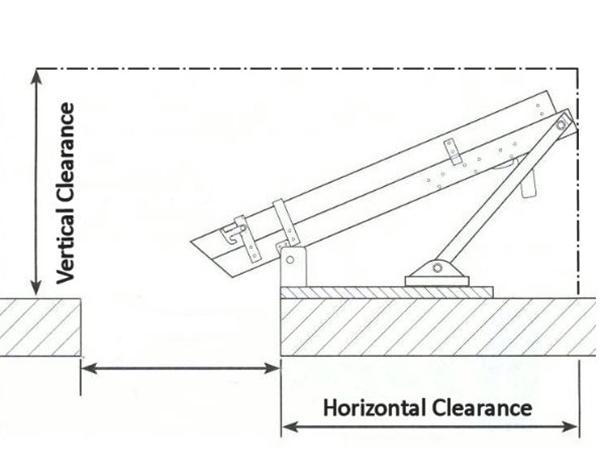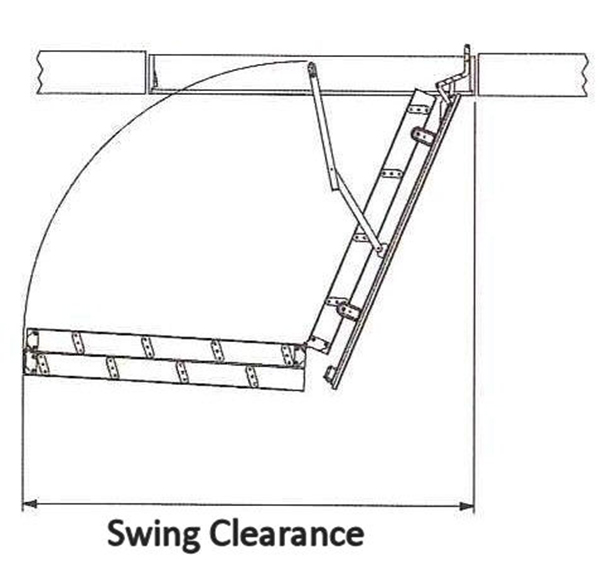How to measure for a loft ladder
04/09/2014
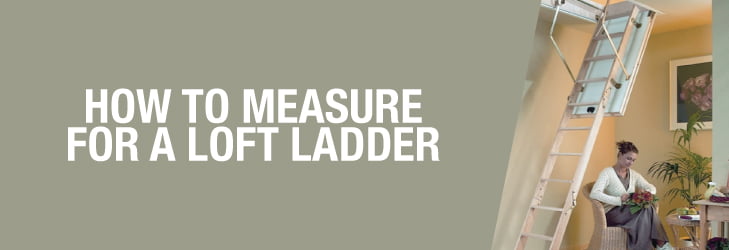
At Browns Ladders, we know that working safely and efficiently, and choosing the right product for the job are some of the most important aspects of your trade. That’s why we’ve decided to introduce a series of ‘How To’ articles in our blog – to give you top tips on topics that matter to you. Today’s topic is all about how to measure for a loft ladder – something we get frequently asked by our customers.
When measuring for a loft ladder, the first thing to consider is the type of loft ladder you wish to install. You’ll have a choice of sliding, folding, concertina or telescopic, all of which are different in size, material and how they work.
Help! I don’t know which loft ladder to install!
Don’t worry! Each loft ladder has specific circumstances it’s best suited to – so it’s quite easy to determine the best loft ladder for you. Our short guide below describes ideal uses for each ladder and should help you to make your decision:
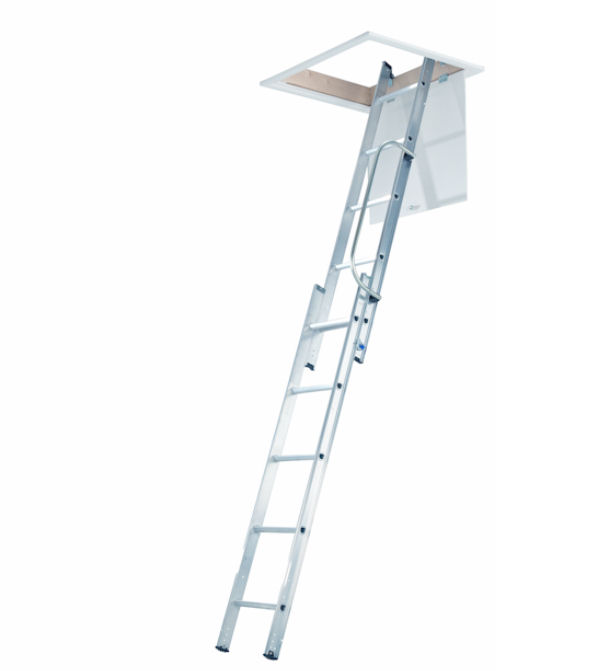
Sliding loft ladders
These are supplied as loft ladders with fixings. You will require clearance in your loft for these and they vary from domestic to heavy duty.
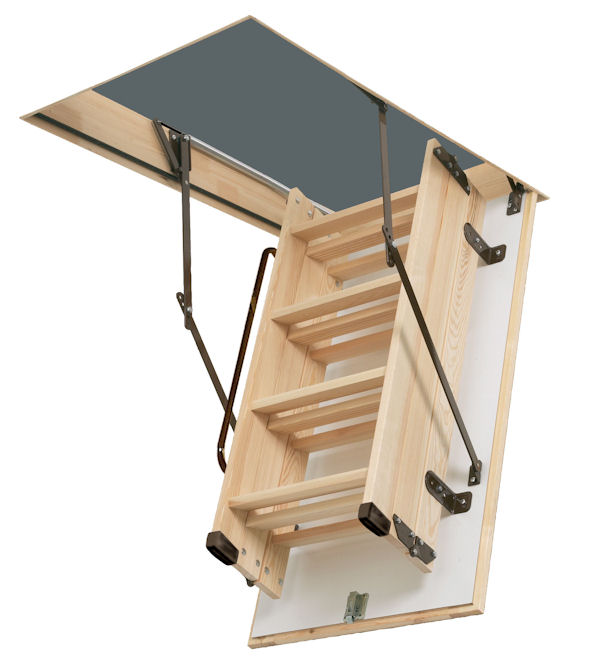
Folding loft ladders
These come all-inclusive with a hatch and frame. They’re ideal for homes that have limited or little loft space.
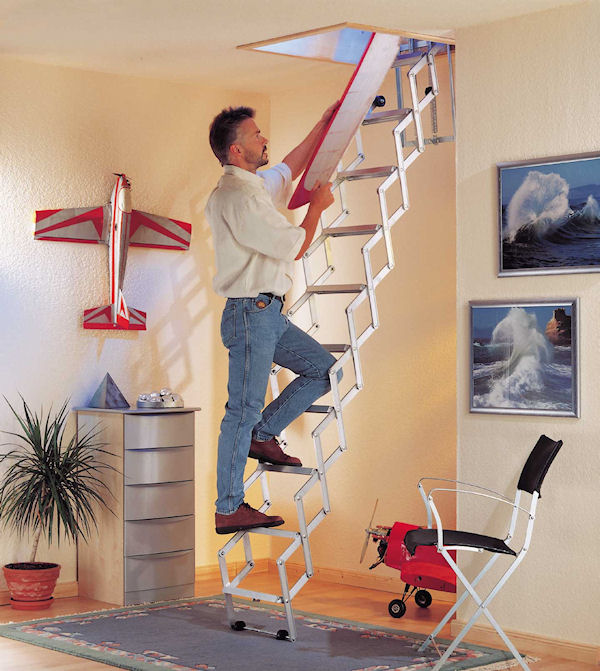
Concertina loft ladders
These ladders help you to save on space and fit loft hatches as small as 600 x 500mm. In addition, they require almost no inside loft clearance! They’re strong and safe with extra wide treads for comfort.
Telescopic loft ladders
Easy to install, with no requirement for loft clearance.
So, what measurements do I need to take?
Take the following measurements and jot down on a piece of paper. The measurements listed below apply to the different types of ladders described above.
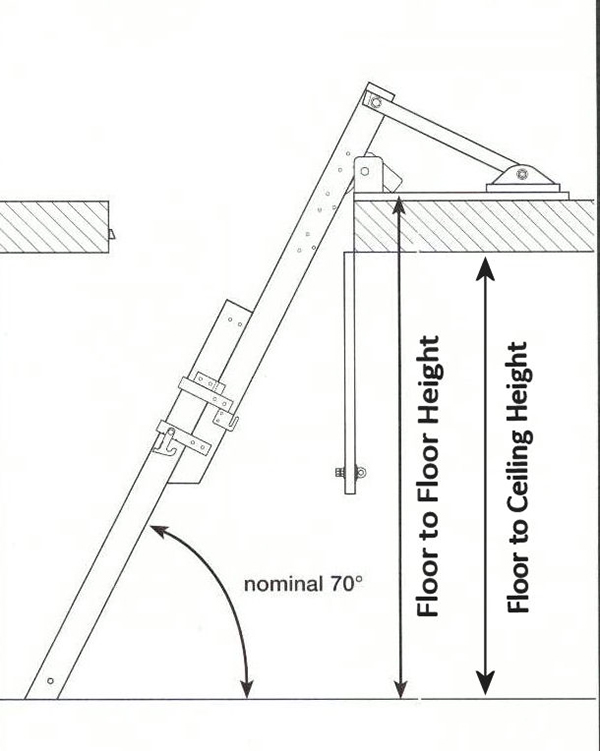
Floor to floor height
Measure the vertical drop from the floor on your landing to the floor in your loft – including the thickness of the floorboards, joists and ceiling.
Floor to ceiling height
This measurement is for the folding type loft ladders. You measure from the floor in your landing to your ceiling.
Loft opening dimensions:
- For Sliding, Telescopic and Concertina loft ladders (Trapdoor Size) – Measure what the maximum length and width of that your trapdoor could be. Also if you want to increase your hatch size you need to consider where the joists are, chimneys, cables and other obstructions.
- For ladders that are supplied with a hatch and frame – Measure what the maximum length and width of that your trapdoor could be. Loft ladders that come with a hatch and frame are manufactured to specific sizes and cannot be altered to suit your existing hatch. The length of these type of loft ladders are over 1m long
Horizontal clearance
This measurement is for the sliding loft ladders and is taken from the hinge of the hatch along your loft floor to the nearest obstruction. The obstruction could be the eaves of the roof, a boiler or structural obstruction.
Vertical clearance
This measurement is taken from the hinge of your hatch vertically upwards to the nearest obstruction. The vertical and horizontal clearance takes into account the movement of the loft ladder from its folded (resting position) as illustrated.
Swing clearance
This is the arc of clearance required when opening and closing a folding loft ladder. You need to measure from the hinge of your hatch to the nearest wall or obstruction – as these loft ladders may fit perfectly in your loft but might not unfold properly if you do not have enough clearance.
Ready to order?
Browse our selection of loft ladders on our product page, and give us a call on 01282 615517 once you’re ready to order. We have a great range in stock – including top brand names like Abru, Titan and Youngman.
